Does an induction cooktop need a less powerful vent?
mtimmer
10 years ago
Featured Answer
Sort by:Oldest
Comments (10)
kristianco
10 years agoa2gemini
10 years agoRelated Professionals
College Park Kitchen & Bathroom Designers · San Jose Kitchen & Bathroom Designers · Soledad Kitchen & Bathroom Designers · Albuquerque Kitchen & Bathroom Remodelers · Auburn Kitchen & Bathroom Remodelers · Bellevue Kitchen & Bathroom Remodelers · Boca Raton Kitchen & Bathroom Remodelers · Ewa Beach Kitchen & Bathroom Remodelers · Fremont Kitchen & Bathroom Remodelers · Lisle Kitchen & Bathroom Remodelers · Waukegan Kitchen & Bathroom Remodelers · Billings Cabinets & Cabinetry · Lackawanna Cabinets & Cabinetry · National City Cabinets & Cabinetry · Atascocita Cabinets & Cabinetryplllog
10 years agomtimmer
10 years agoplllog
10 years agokaseki
10 years agomtimmer
10 years agokaseki
10 years agomtimmer
10 years ago
Related Stories

INSIDE HOUZZHow Much Does a Remodel Cost, and How Long Does It Take?
The 2016 Houzz & Home survey asked 120,000 Houzzers about their renovation projects. Here’s what they said
Full Story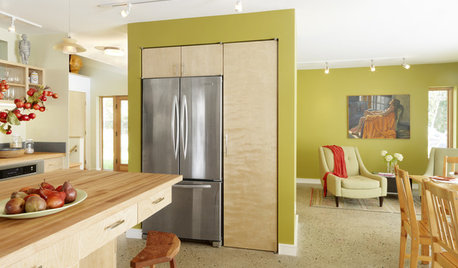
REMODELING GUIDESGet the Look of a Built-in Fridge for Less
So you want a flush refrigerator but aren’t flush with funds. We’ve got just the workaround for you
Full Story
KITCHEN APPLIANCESFind the Right Cooktop for Your Kitchen
For a kitchen setup with sizzle, deciding between gas and electric is only the first hurdle. This guide can help
Full Story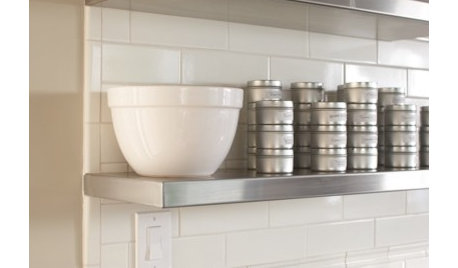
KITCHEN DESIGNHow Much Does a Kitchen Makeover Cost?
See what upgrades you can expect in 3 budget ranges, from basic swap-outs to full-on overhauls
Full Story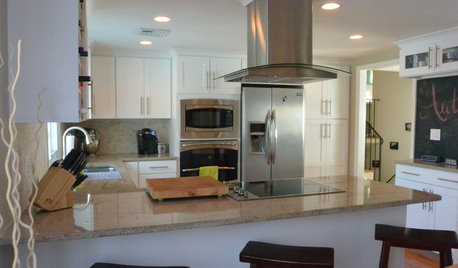
BEFORE AND AFTERSA ‘Brady Bunch’ Kitchen Overhaul for Less Than $25,000
Homeowners say goodbye to avocado-colored appliances and orange-brown cabinets and hello to a bright new way of cooking
Full Story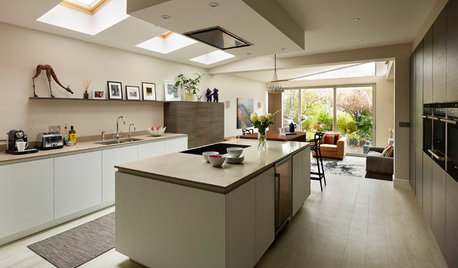
HOMES AROUND THE WORLDA Kitchen That Looks Less Kitchen-y
A sleek redesign transforms an open-plan room from a cramped corridor to a cooking-living hub
Full Story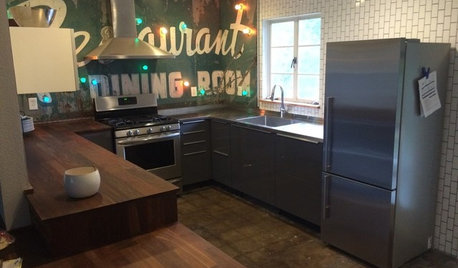
SMALL KITCHENSThe 100-Square-Foot Kitchen: Less Storage, More Cool
A friend’s sign, a demolished deck and pulled-up tile leave their marks on this hip U-shape in Texas
Full Story
GREEN BUILDINGOff the Grid: Ready to Pull the Plug on City Power?
What to consider if you want to stop relying on public utilities — or just have a more energy-efficient home
Full Story
GREAT HOME PROJECTSPower to the People: Outlets Right Where You Want Them
No more crawling and craning. With outlets in furniture, drawers and cabinets, access to power has never been easier
Full Story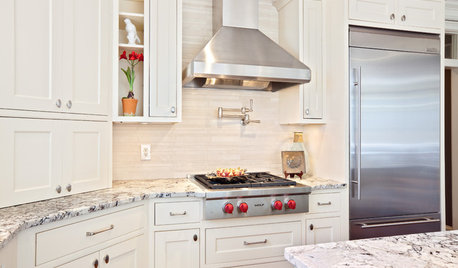
KITCHEN DESIGNHome Above the Range: Smart Uses for Cooktop Space
With pot fillers, shelves, racks and more, you can get the most function out of the space above your kitchen range
Full StoryMore Discussions







attofarad